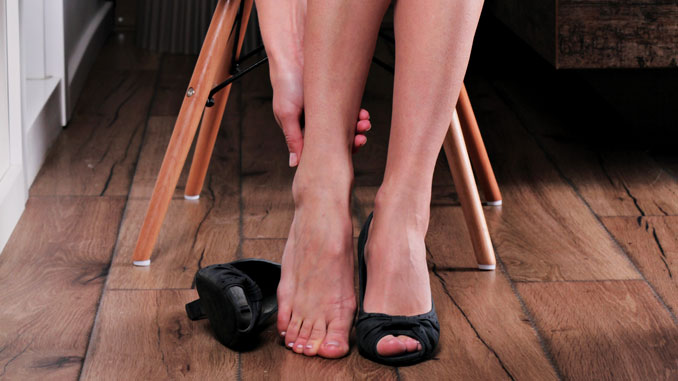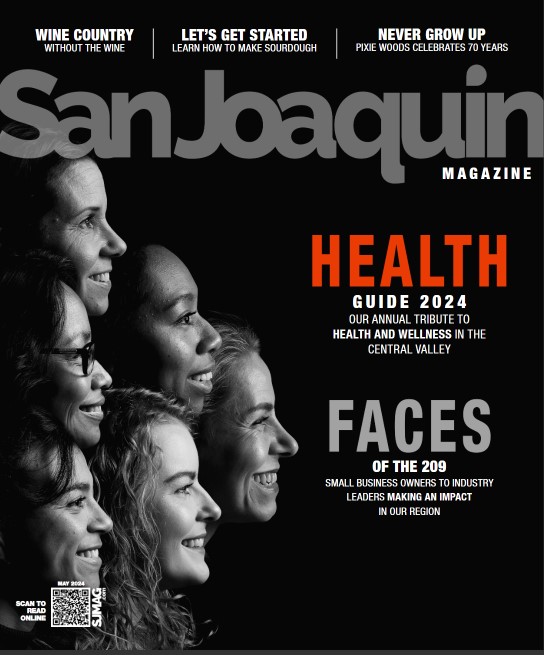
Q & A with Dr. Stephanie Dentoni
They emerge in colors like deep blue or dark purple and although they play a vital role in the human body’s circulatory system, often men and women would rather these vessels just stay beneath the surface.
The culprits are varicose veins-the bulgy, twisted and enlarged vein that bubbles up to the skin’s surface.
With more than 25 percent of Americans living with varicose veins daily, there are now several treatment options available and also new alternatives recently approved by the Federal Drug Administration that can clear the appearance of these blemishes up to 90 percent. Treatments include everything from sclerotherapy and verithena, both used to close the problematic veins but with different medications that are directly injected into the area.
For more than 15 years, Dr. Stephanie Dentoni, from the California Vein & Vascular Institute, has worked with patients to give them both peace of mind and a boost of confidence when they come to her seeking answers. Dr. Dentoni answers the most commonly asked questions when it comes to vein health, the varieties of treatments, and also dispels myths.
What can people do to prevent varicose and spider veins?
“Walking is excellent because when you walk your calf muscles contract and that acts as a pump to help push the blood back up to your heart. Compression socks, so there’s an external force compressing the veins. If you have a job where you stand for long periods of time without moving around then the compression socks that you can find at sockwellusa.com and on other similar websites can help prevent it. Elevating your legs at night is very good or simply when you have the chance. Exercise is good. You want to stay at the best body mass index because obesity increases your risk.”
What’s the most common cause?
“Most of the time people have a genetic predisposition to getting varicose veins disease, so it runs in the family. Other factors to make them come on sooner and become more of a problem are standing for long periods of time, sitting for long periods of time, and heavy lifting. It’s usually more common in women although men get them too and it can occur at any age.”
What are the different types of treatments available and how successful are they?
“It depends on what you’re having done. If you’re doing the endothermal ablation where we go in with a catheter and heat-seal it closed, you usually see a difference within a couple of days as far as swelling and the bigger veins are going to shrink up about 50 to 75 percent and your legs feel better immediately.”
“For sclerotherapy, it’s 80 to 90 percent. It’s very, very good. You inject the medicine inside the veins with a little needle. The medicine causes those veins to seal off and then your body reabsorbs them overtime. With sclerotherapy, your legs usually feel better within a week or so, but you don’t see the results for several weeks to several months after that.”
“In Varithena, the medication looks something like shaving cream so the medicine looks like these little, tiny micro-bubbles and those micro-bubbles have a greater surface area so they’re more effective. For the bigger veins, what happens is the procedure displaces the blood and it works well and it doesn’t get diluted with the blood like the liquid medication does.”
“There’s also a recent procedure called VenaSeal that’s just been recently FDA approved and insurances are now starting to cover it where you put a catheter inside the bigger vein and what it does is it gives little amounts of medical glue down the vein so basically you glue the vein shut instead of heat-sealing it closed.”
What is the recovery time for such procedures?
“You don’t have to go under general anesthesia with surgery. You don’t have all the incisions on your legs. There’s no recovery time and you’re back up on your feet doing your normal activities right afterward no matter what treatment you have done.”

